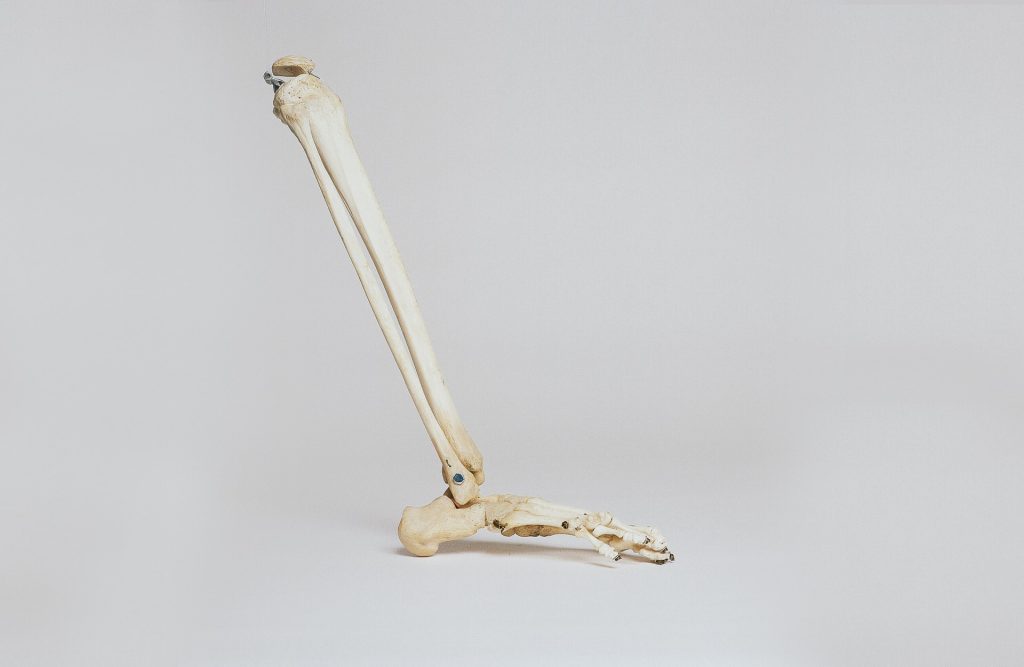
Researchers have discovered some new insights into how bone mass is maintained and how physical load stimulates bone growth.
Researchers from the National Cerebral and Cardiovascular Center Research Institute in Japan have revealed that the expression of the peptide osteocrin (OSTN) is influenced by load – decreasing when load is reduced, and increasing when it is added. Their study was published in Cell Reports.
Bones and skeletal muscles are strengthened by loads produced in exercise, preventing bone and muscle atrophy, and maintaining bone and muscle strength is important for maintaining physical activity. The growth of long bones, such as the femur and tibia, is a very complex process controlled by genetic and environmental factors, such as exercise and gravity.
Understanding bone loss would help retain bone density and strength in people who are unable to exercise due to immobility, the elderly, as well as astronauts in spaceflight.
Study lead author Haruko Watanabe-Takano said, “Not much is known about how mechanical force initiates biochemical signals to control bone growth. We investigated how load is related to the metabolic balance adjustment of bone maintenance.”
Bone mass and strength is maintained by the balanced activities of two types of cells – the bone-genearting osteoblasts, and the bone-dissolving osteoclasts – and is thought to be made in response to load demand. Specifically, the team investigated the expression of OSTN, a peptide produced by osteoblasts, in mice. OSTN is critical to the regulation of bone growth, as well as physical endurance.
The researchers found that OSTN was very strongly expressed in bones such as the tibia, radius, and ulna, and in regions experiencing load. They determined that OSTN was secreted by the periosteal osteoblasts in these bones. The periosteum is a fibrous membrane that covers nearly every bone in the body, except for the joints of the long bones. This tissue has a major role in bone growth and bone repair and has an impact on the blood supply of bone as well as skeletal muscle. Despite its importance, it has received little attention in the literature and in some ways is not well understood.
“We also found that OSTN expression decreased when load was reduced, and was increased by load stimulation,” says Watanabe-Takano. “Moreover, when we genetically engineered mice lacking OSTN, we found that they had reduced bone mass compared with normal mice and lacked load-induced recovery of bone mass after prolonged load reduction. Thus, we concluded that OSTN makes bone in response to stimulation by load, promoting bone formation.”
The team found that to create this effect, OSTN increases levels of another peptide, called C natriuretic peptide, which in turn drives bone-forming osteoblasts to multiply, mature, and become functional.
The findings have implications for treatments for bed-ridden patients and others at risk of bone loss, such as the elderly. Further studies will explore issues such as how periosteal cells detect load stimulation.
Source: News-Medical.Net
Journal information: Watanabe-Takano, H., et al. (2021) Mechanical load regulates bone growth via periosteal Osteocrin. Cell Reports. doi.org/10.1016/j.celrep.2021.109380.

